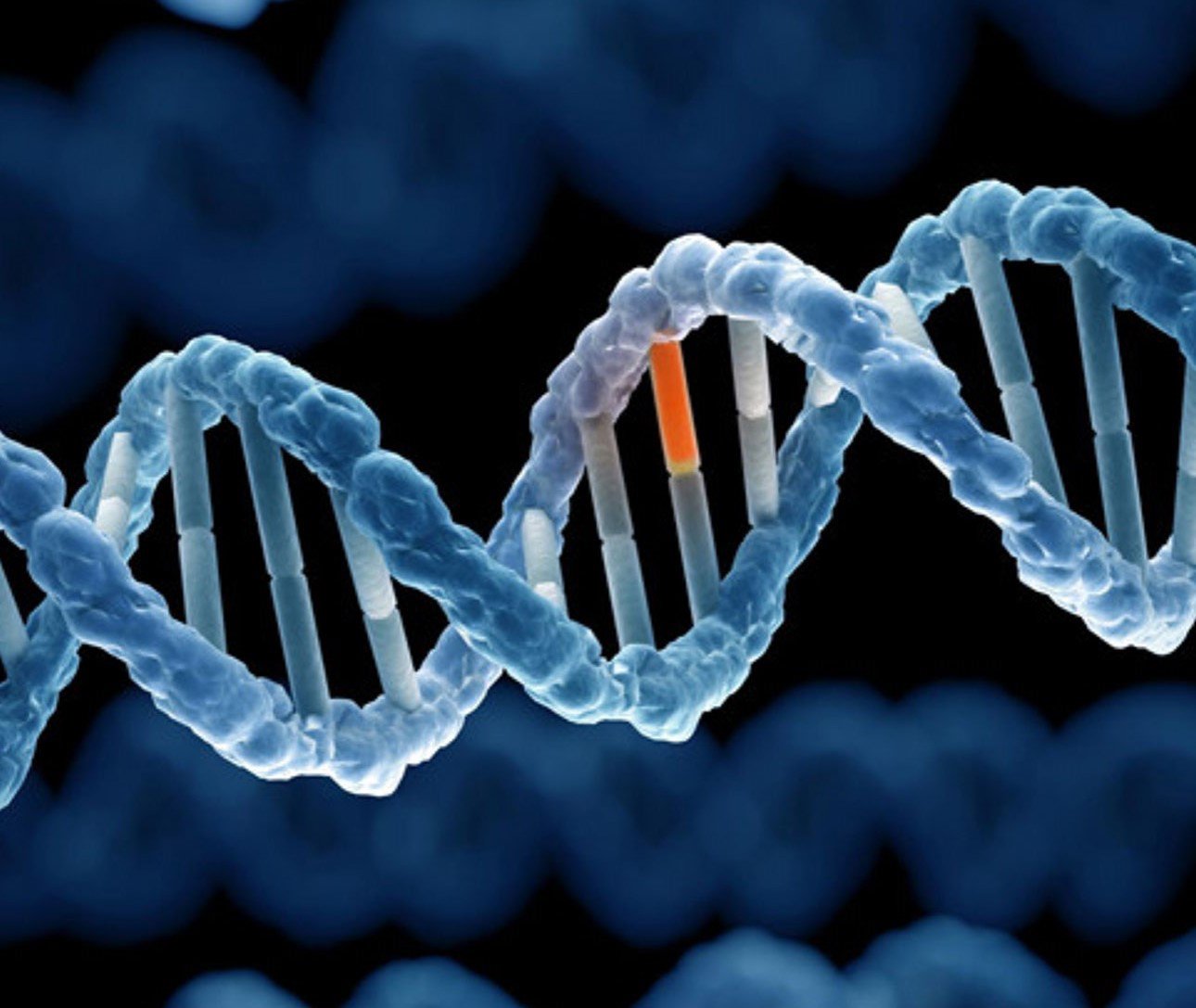Coffin-Lowry Syndrome: What you need to know
This is an automatically translated article.
The article was professionally consulted by Specialist Doctor II Le Thanh Cam - Department of Pediatrics - Neonatology - Vinmec Danang International General Hospital.
Coffin-Lowry syndrome is a rather unfamiliar concept to many Vietnamese. This is an inherited disease that causes abnormalities of the body such as intellectual disability, mental retardation, cardiovascular disorders, vision and hearing problems. So what is Coffin-Lowry syndrome? How dangerous? This article will help readers better understand this syndrome.
1. What is Coffin-Lowry Syndrome?
Coffin-Lowry syndrome is an X-linked dominantly inherited disorder that causes human health effects such as severe mental retardation along with other serious growth abnormalities, suffering from heart problems, kyphoscoliosis, and hearing and vision disturbances.
Symptoms are often more severe in men than in women.
2.Causes of Coffin-Lowry Syndrome

Bệnh nhân mắc hội chứng Coffin-Lowry đều bị đột biến gen RPS6KA3
According to research, most people with Coffin-Lowry syndrome have mutations in the gene RPS6KA3 present on the short arm of the X chromosome. The RPS6KA3 gene controls the production of RSK2 protein. The RSK2 protein is responsible for controlling the activities of other genes, which are extremely important for nerve cell survival. It also plays an important role with hearing and memory.
Mutations in the RPS6KA3 gene that reduce the production of RSK2 proteins cause Coffin-Lowry syndrome.
3.Signs of Coffin-Lowry syndrome in humans
Abnormal vertebral body shape, dental abnormalities:
Short fingers, toes, conical fingers, large fingers, large hands, short knuckles, short hand bones Thick skull bones Slow bones adulthood Narrow pelvic wings Flat soles Progressive spasticity Excessive rotation of the joints Spinal humps, decreased muscle tone Pronounced nerve damage Excessive protrusion or sunken chest Scoliosis Overall growth retardation short stature and crooked body

Người có dấu hiệu lỗ mũi hếch, sống mũi dẹt có thể bị hội chứng Coffin-Lowry
Facial abnormalities:
Thick lower lip, high palate, narrow jaw, underdeveloped upper jaw, wide teeth, lower lip turned out, mouth open Wide nose, thick nostrils Upturned nostrils, bridge of the nose flattened Microcephaly slanted eyelids, eye creases, atrophy, crossed eyes Distance between eyes far apart Protruding ears Enlarged ventricles, intellectual disability Wide mouth, premature teeth when examined Signs:
Abnormal nerve cell migration Abnormal retinal pigment Abnormal aortic valve Abnormal mitral valve Abnormal tricuspid valve Aplastic cerebellum/hypoplasia Aplastic corpus callosum/hypoplastic Turbidity vitreous Atrophy Cortical atrophy Early death Other clinical symptoms:
Muscle weakness, seizures Self-injurious behavior Sensory nerve damage auditory atrophy Skeletal muscle atrophy Sleep apnea
4. How is Coffin-Lowry syndrome treated?

Bệnh nhân cần đi khám tổng quát định kỳ để kiểm soát được tình trạng, xử lý kịp thời.
Currently, there is no clear treatment for Coffin-Lowry syndrome.
It is only possible to monitor and control the symptoms of the disease and take measures to reduce disability. People with Coffin-Lowry syndrome need to have regular and regular check-ups to monitor their health, and at the same time control their condition and handle it promptly.
Cardiac abnormalities in people with Coffin-Lowry syndrome should be identified, treated at the earliest, and closely monitored. X-ray examination should also be done to check the condition of the spine. If spinal abnormalities become too obvious, the patient will need to use a supportive vest.
In addition, the patient also needs regular neurological examination to check the growth status of the individual.
Coffin-Lowry syndrome affects both vision and hearing, so eye and hearing exams are also important to check vision and hearing status and to treat any abnormalities if present. . If necessary, hearing aids can also be used to help the deaf.
Periodic health check-ups help to detect diseases early, so that there are treatment plans for optimal results. Currently, Vinmec International General Hospital has general health checkup packages suitable for each age, gender and individual needs of customers with a reasonable price policy.
The patient's examination results will be returned to the home. After receiving the results of the general health examination, if you detect diseases that require intensive examination and treatment, you can use services from other specialties at the Hospital with quality treatment and services. outstanding customer service.
Please dial HOTLINE for more information or register for an appointment HERE. Download MyVinmec app to make appointments faster and to manage your bookings easily.
This article is written for readers from Sài Gòn, Hà Nội, Hồ Chí Minh, Phú Quốc, Nha Trang, Hạ Long, Hải Phòng, Đà Nẵng.




